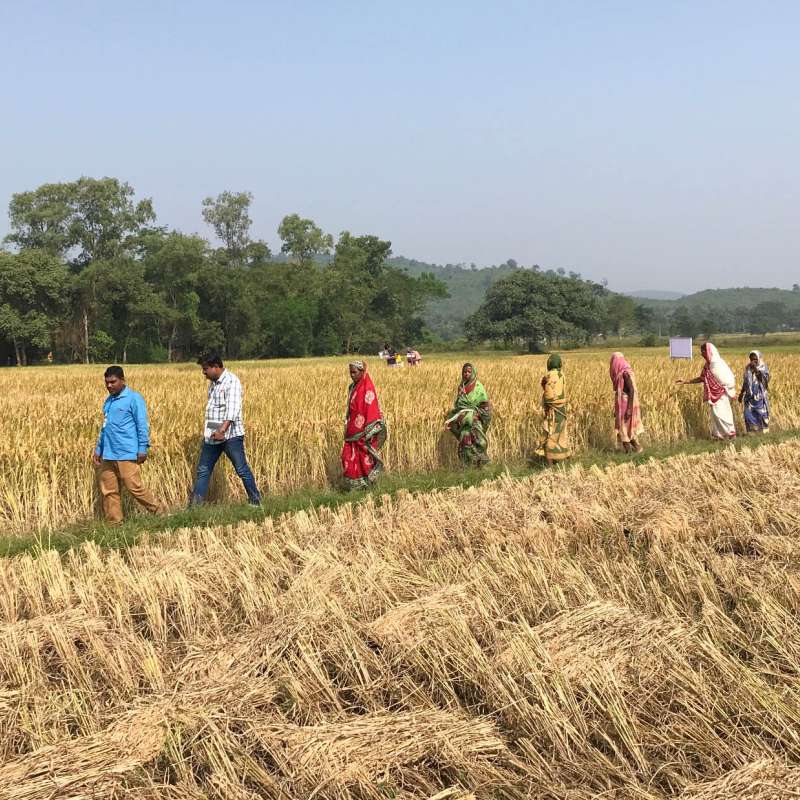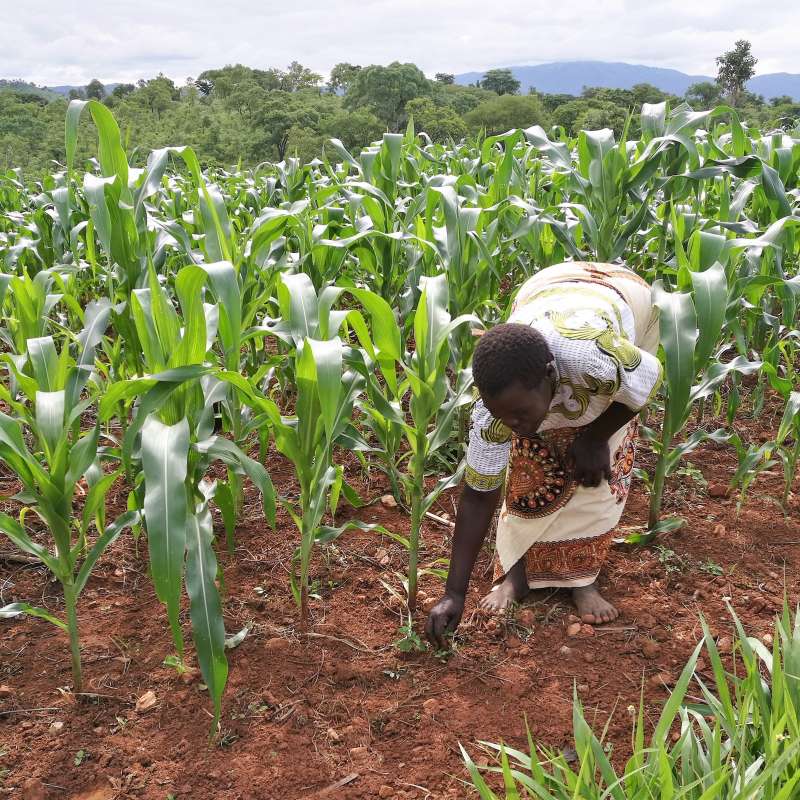Berit Nordskog
Forsker
Biografi
Jeg er prosjektleder for Varsling Innen PlanteSkadegjørere (VIPS) og Landbruksmeteorologisk Tjeneste (LMT), og involvert i flere nasjonale og internasjonale forskningsprojekt med fokus på integrert plantevern (IPV) og beslutningsstøtte-systemer/varslingstjenester innen plantevern. Jeg er del av projektledelsen for Malawi Digital Plant Health Service (MaDiPHS) og arbeidspakkeleder i EU-prosjektet IPM Decisions.
Jeg representerer Divisjon Bioteknologi og Plantehelse i NIBIOs klimagruppe.
Min faglige bakgrunn er plantepatologi, spesielt innen epidemiologi på soppsjukdommer i grønnsaker på friland.
Sammendrag
Det er ikke registrert sammendrag
Forfattere
Ritter Atoundem Guimapi Berit Nordskog Anne-Grete Roer Hjelkrem Ingeborg Klingen Ghislain Tchoromi Tepa-Yotto Manuele Tamò Karl ThunesSammendrag
Det er ikke registrert sammendrag
Sammendrag
Det er ikke registrert sammendrag

Divisjon for miljø og naturressurser
UPSCALE
A transformative climate action through upscaling climate resilient rice and other agricultural technologies supported by evidence-based knowledge and policy in India (UPSCALE).

Divisjon for bioteknologi og plantehelse
Malawi Digital Plant Health Service (MaDiPHS)
This project will establish a digital agricultural plant health service at the national level in Malawi, based on coordination of internationally developed digital systems.
